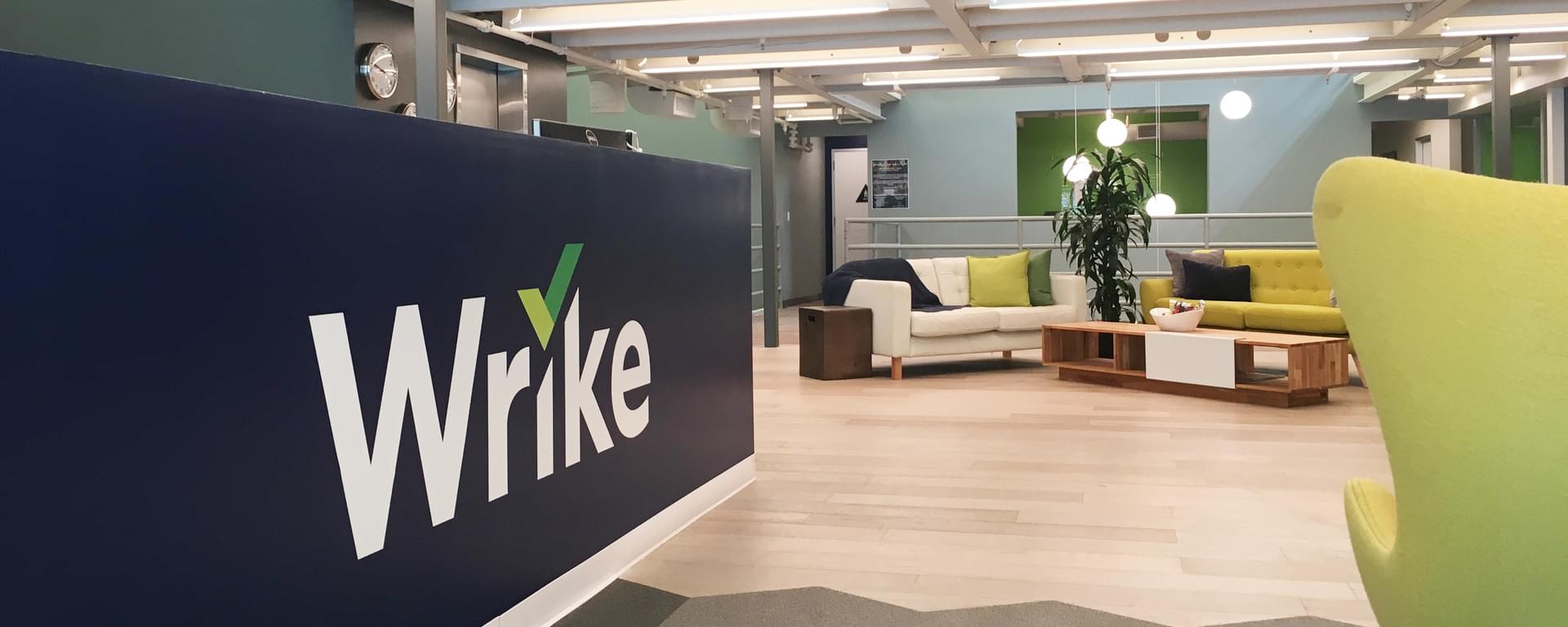“The biggest benefit of Zendesk is that we can customize it exactly the way we need—from the triggers, business rules, and automations to the reporting and API. Zendesk allows us to build our workflows just right, exactly the way we want.”
- Art Rybalko
Support Team Manager - Wrike
72
Agents
12,000
Tickets/Month
15:1
Self-Service Ratio
20 Minutes
First Response Time
Behind every successful software release, high-rise development, or satellite launch stands an unsung hero: the project manager.
He or she’s the one keeping an eye on every task, minor or major, ensuring that everyone has the resources they need to get the job done on time and on budget.
But even unsung heros need some help. To keep track of all the moving parts, project managers from thousands of companies—from Google and Fitbit to small businesses around the world—the answer is Wrike’s cloud-based collaboration and project management software. With Wrike, project managers can ditch their spreadsheets and clunky, difficult-to-customize legacy systems.
Founded in 2006, Wrike employs more than 500 people from its headquarters in San Jose, California, EMEA Headquarters in Dublin, Ireland, and all around the globe. Its clientele, like its corporate presence is global, which requires constant email, chat, phone, and social media support in multiple languages that include Spanish, German, French, Italian, Russian, and Portuguese. For any growing company, this might be a challenge, but Wrike’s customer support team uses a follow-the-sun model, with distributed teams working across two tiers of support, in eight-hour shifts.

For Art Rybalko, who started out as a frontline support agent but now serves as the support team manager, Wrike’s customer service—and his own “organic” professional growth—really took off with a move to Zendesk.
“I pushed for a new system because we outgrew our previous solution and wanted more from a help desk solution,” Rybalko said. “After switching to Zendesk, we started exploring more of Zendesk’s functionality—adding a help center and community—and are now in the process of replacing our chat solution with Zendesk Chat. We see the value in an omnichannel provider, with a support solution that’s flexible, extensible, and scalable, and reducing down to one vendor is a plus, especially for folks in our legal and compliance departments.”
Wrike has gradually rolled out features of Support, giving the support team—and Rybalko—the opportunity to grow with Zendesk. Most importantly, Zendesk offers Wrike robust, customizable analytics. “The biggest pain point for us, prior to adopting Zendesk, was around reporting,” Rybalko said. “We started to get serious about processes and operations, but we needed good, customizable metrics that we could rely on—that we could define and iterate on.”

Finding this in Zendesk has helped Wrike shift its perspective on what it measures. In the past, Rybalko’s team focused on meeting a 20-minute first response time, but now targets full resolution times. “Our customer base is growing rapidly, which means we’re always evolving our approach, and becoming more strategic. We set aggressive goals for our resolution times, and those goals can vary by customer segments and types of tickets,” he explained.
Wrike has customized more than its metrics; the team has extended Zendesk through the Zendesk Apps Marketplace with apps and integrations that include Zoom, allowing agents to scheduled meetings from tickets.
Wrike has built its own custom apps using the Zendesk API, including one that pulls customer information from the Wrike platform for agents to view in a ticket. “We integrate Zendesk with Wrike itself because our development team uses Wrike to manage their work,” said Rybalko. “The integration allows us to directly escalate an issue to the team as a Wrike task.”

Community and user feedback is important to Wrike. The company launched an online community in 2016 with Zendesk Guide. Initially, it wasn’t used to gather and elicit customer feedback but when customers began chiming in of their own accord, the company saw an opportunity to align customers more closely with the product team. Now, customers can navigate to specific threads regarding automation or reporting, for example—and have their voices heard. Documentation and Community Manager Stephanie Westbrook explained that they take posts from each section and create reports for the product team.
Launching the Wrike Help Portal has helped reduce inbound tickets. Westbrook found that for every 15 users who visit the help center, only one ticket is generated. Another benefit is that help center and community are connected, housing related but different types of content. “We’ve had custom-built wikis, WordPress help centers before Zendesk,” Rybalko said. “The biggest plus from the move to Zendesk is the ease of maintenance. Before, a lot of things were hardcoded into the system—we had to spend a lot of time with our engineers making changes. Even content updates weren’t straightforward.”
Wrike’s customized reports include segmentation data on the types of users who post on community threads, business types, and more. “Basically, we have a lot more data that we can use to have better conversations with our product managers,” said Westbrook. She cited the Zendesk API has a valuable tool for pulling data from multiple sources. “Instead of saying, ‘100 people have +1’d this,’ we can say, ‘These specific accounts asked for this, and this is what’s tied up in this thread.”

The pair of full-time employees dedicated to the community read every single post, which helps drive content creation and encourages customer engagement and increased product usage. Wrike awards badges to active community members that signify real rewards—signature space, training sessions, and time with the product management team—providing another valuable way for the product team to tweak its roadmap in response to customer feedback.
The community led the product team toward prioritizing a refresh of a recurrent tasks feature, for example, and community members then participated in a beta testing program. “People noticed that we were implementing stuff that they were asking for,” Westbrook said. “Even on other threads they would say, ‘I saw that you guys did this, that’s so awesome.’”
